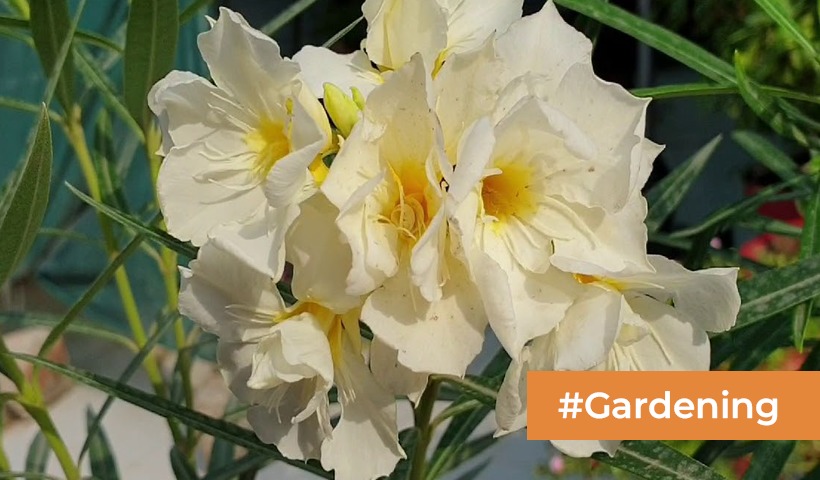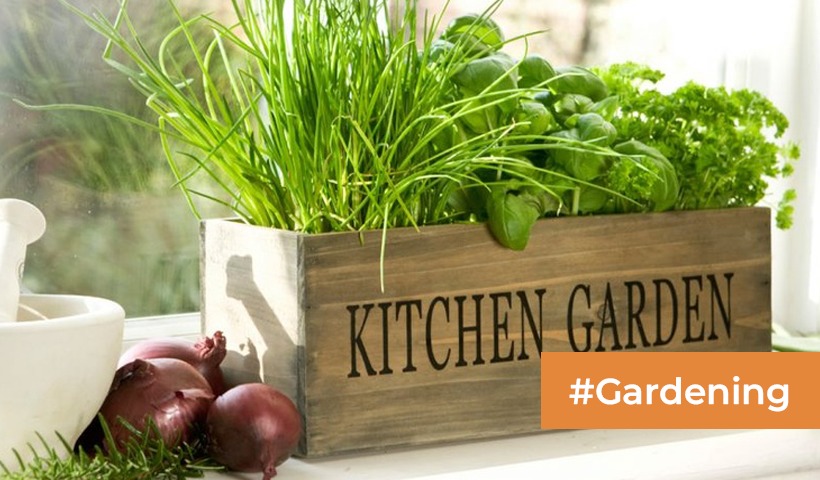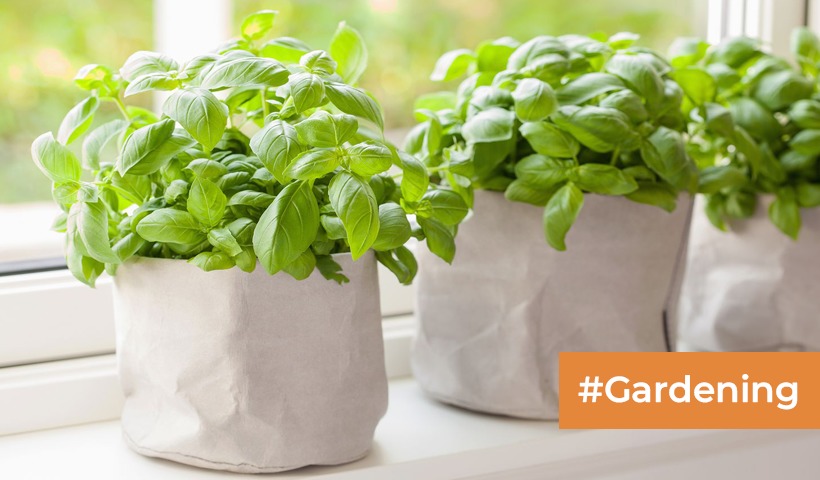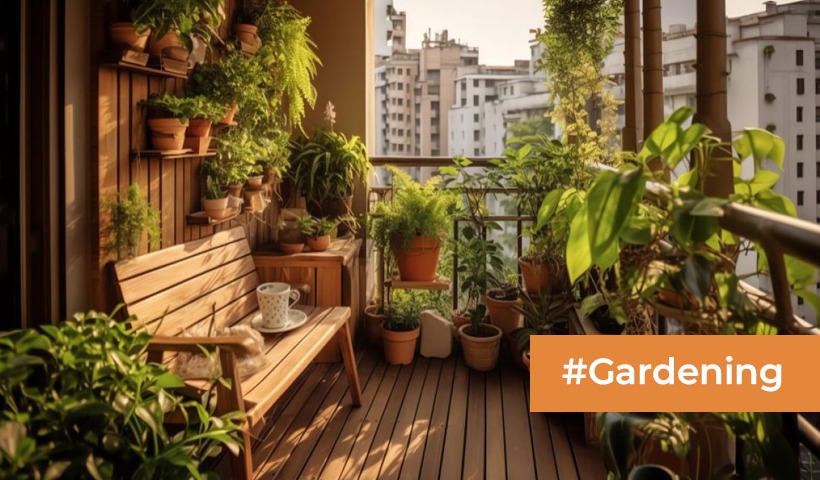The Art of Wildflower Gardening: Planting and Growing Tips!
Wildflower gardens are a celebration of nature’s vibrant colors and a haven for pollinators like butterflies and bees. They require less maintenance than traditional flower beds and can transform your outdoor space into a breathtaking display of native flora. Whether you’re an experienced gardener or a beginner, here’s a step-by-step guide on how to plant a wildflower garden and bring the charm of the wild to your backyard.
1. Choose the Right Location:
- Start by selecting a suitable location for your wildflower garden. Most wildflowers thrive in areas that receive at least 6 hours of sunlight per day.
- Consider the soil type and drainage in your chosen spot. Wildflowers prefer well-drained soil, so avoid areas prone to waterlogging.
2. Prepare the Soil:
- Remove any existing grass, weeds, or debris from the area where you plan to plant your wildflowers.
- Loosen the soil using a garden fork or tiller to a depth of about 3 to 4 inches. This helps the wildflower seeds establish their roots more easily.
3. Choose the Right Wildflower Seeds:
- Select native wildflower seeds that are suitable for your region and soil type. Native plants are adapted to your local climate and will require less maintenance.
- You can purchase wildflower seed mixes tailored to specific regions or create your own mix based on your preferences.
4. Seed Sowing:
- There are two primary methods for sowing wildflower seeds: broadcast seeding and hand seeding.
- Broadcast Seeding: Scatter the seeds evenly over the prepared area by hand or using a handheld spreader.
- Hand Seeding: If you prefer a more controlled approach, sow the seeds by hand in rows or patterns.
5. Cover and Firm the Seeds:
- Lightly rake the soil to cover the seeds. Most wildflower seeds require exposure to light for germination, so avoid burying them too deep.
- Gently firm the soil over the seeds with a roller or by walking on the area to ensure good seed-to-soil contact.
6. Watering and Initial Care:
- Water the newly sown area thoroughly to settle the seeds into the soil. A gentle mist or spray is ideal to avoid displacing the seeds.
- Keep the soil consistently moist until the wildflower seedlings are well-established, which may take several weeks.
7. Maintenance:
- Once the wildflowers are established, they require minimal maintenance. Water during dry spells and remove any invasive weeds that may compete with the wildflowers.
- Avoid fertilizing your wildflower garden as excess nutrients can encourage aggressive grasses to grow.
8. Enjoy the Blooms:
- Depending on the species you’ve planted, your wildflower garden will burst into color at various times throughout the growing season. Enjoy the ever-changing display of blooms and the wildlife it attracts.
9. Seed Collection (Optional):
- If you want to preserve and spread your wildflowers, allow some of them to go to seed. Collect the seeds when they are mature and store them for future use.
A wildflower garden can provide year-round beauty and support local ecosystems. By following these steps and choosing native wildflowers adapted to your region, you can create a vibrant and low-maintenance natural oasis in your backyard. So, roll up your sleeves, get your hands in the soil, and watch your wildflower garden come to life.
Disclaimer: The views expressed above are for informational purposes only based on industry reports and related news stories. PropertyPistol does not guarantee the accuracy, completeness, or reliability of the information and shall not be held responsible for any action taken based on the published information.




